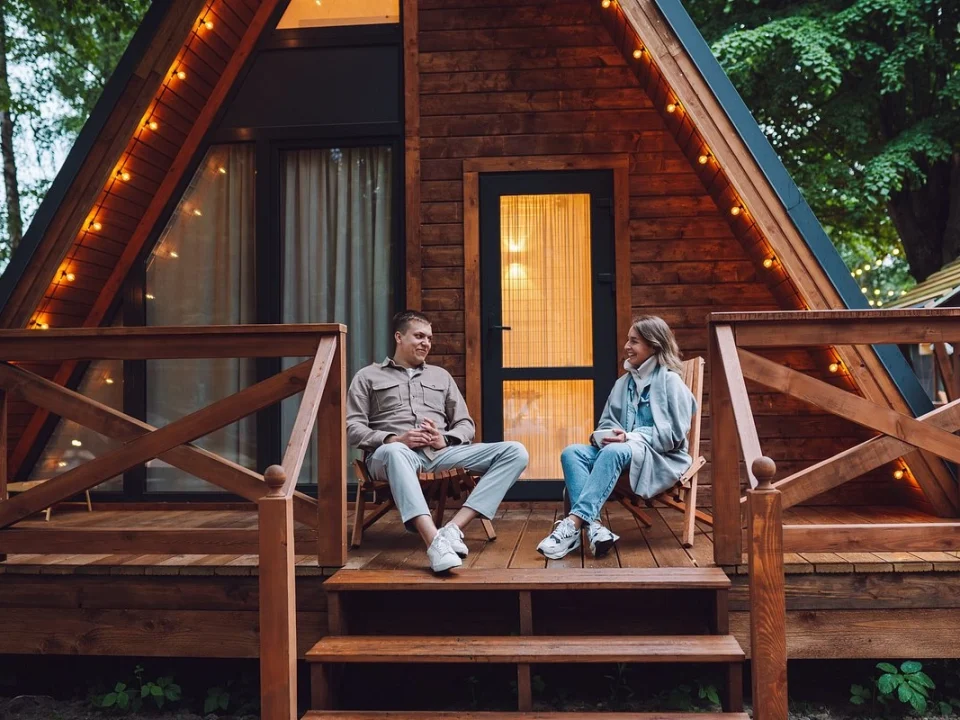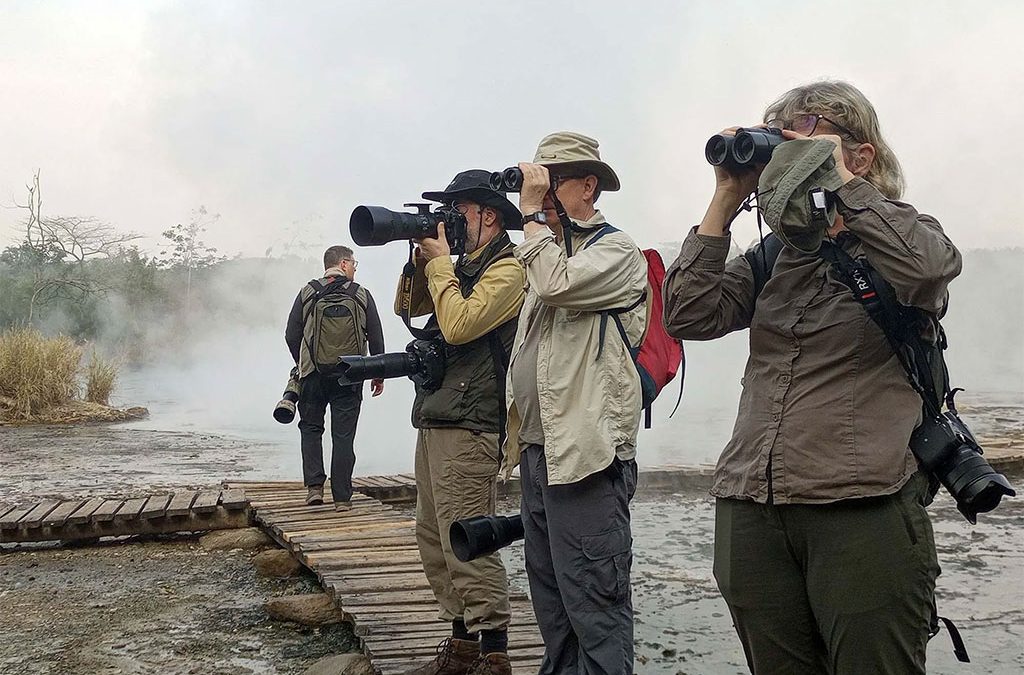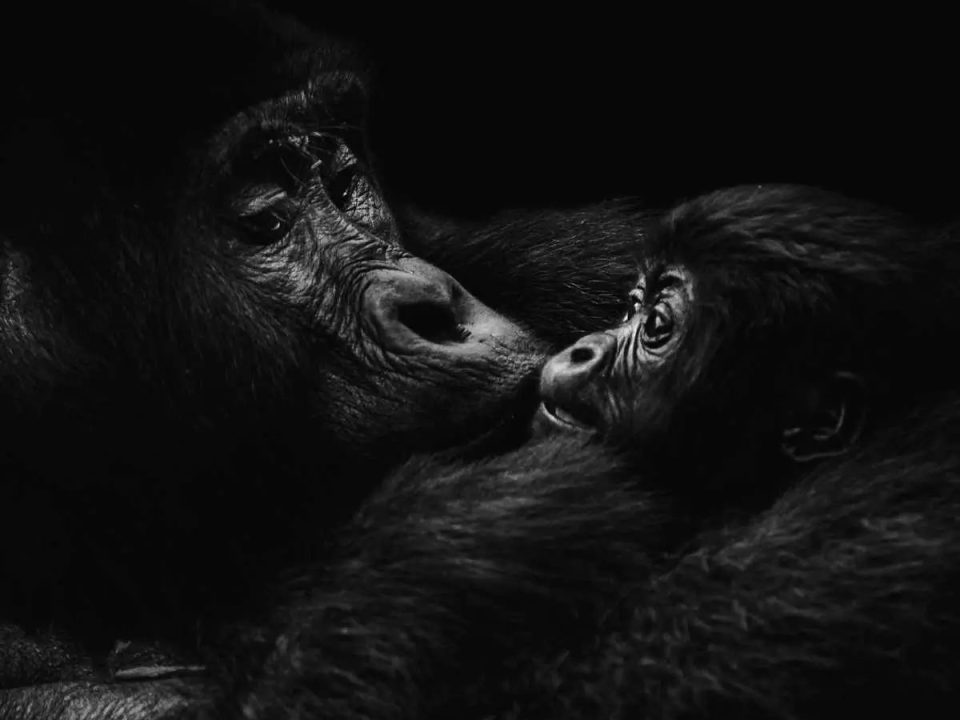- EXPERT'S HELP
- +256789210067
- +256200955001
- info@kenlinktours.com
Uganda Wildlife Photographic Safaris
Uganda Wildlife Photographic Safaris. Uganda, often referred to as the “Pearl of Africa”, is a land of breathtaking landscapes, abundant wildlife, and vibrant cultures — making it one of the most exciting destinations for photography enthusiasts. From misty mountains and dense rainforests to sprawling savannahs and winding rivers, Uganda offers photographers endless opportunities to capture awe-inspiring images. Whether you are an amateur looking to improve your skills or a professional aiming to build an exceptional portfolio, a wildlife photographic safari in Uganda promises unforgettable experiences.
Why Uganda is a Top Destination for Wildlife Photography
Uganda’s appeal to photographers lies in its incredible biodiversity and accessibility. Unlike other African destinations, Uganda combines forest wildlife, savannah animals, and freshwater ecosystems within a relatively small area. This means photographers can capture mountain gorillas in the morning, tree-climbing lions in the afternoon, and hippos along a riverbank by evening.
The country boasts over 1,000 bird species, over 100 mammal species, and a variety of ecosystems, including the Bwindi Impenetrable Forest, Queen Elizabeth National Park, Murchison Falls, Kidepo Valley, and Lake Mburo. For wildlife photographers, this variety offers everything from close-up primate portraits to sweeping savannah landscapes.
Moreover, Uganda is less crowded compared to destinations like Kenya or Tanzania, allowing photographers to have intimate, undisturbed encounters with wildlife — an essential factor for capturing natural behavior in the wild.
Top Destinations for Wildlife Photography in Uganda
1. Bwindi Impenetrable Forest National Park
Bwindi is a UNESCO World Heritage Site and home to nearly half of the world’s remaining mountain gorillas. Photography here is all about capturing emotion and intimacy. Gorillas display complex social behavior, and the misty forest creates dramatic light and natural frames for stunning images.
Photographers can also capture the lush forest landscapes, waterfalls, and rare birds. For cultural photography, the Batwa pygmies offer unique opportunities to document traditional ways of life.
Pro Tip: A telephoto lens (200–400mm) and fast camera with high ISO performance are ideal for forest conditions with low light.
2. Queen Elizabeth National Park
Queen Elizabeth National Park is a premier destination for savannah wildlife photography. The park features the famous tree-climbing lions in the Ishasha sector, along with elephants, buffaloes, leopards, and a plethora of antelope species.
The Kazinga Channel is a photographer’s dream, with hippos, crocodiles, and hundreds of bird species congregating along its banks. Sunrise and sunset game drives offer perfect lighting conditions for dramatic landscape and wildlife shots.
Pro Tip: Capture wide-angle shots of herds with Rwenzori Mountains as a backdrop, or use a telephoto lens to get intimate portraits of individual animals.
3. Murchison Falls National Park
Murchison Falls National Park is renowned for its dramatic scenery, where the Nile River squeezes through a narrow gorge before plunging 43 meters into the gorge below. Wildlife along the river includes elephants, giraffes, buffaloes, and lions — all of which can be photographed during boat safaris or game drives.
The combination of river, waterfalls, and savannah offers photographers opportunities for both action and landscape photography. Early morning and late afternoon provide the best light for golden-hour shots.
Pro Tip: A wide-angle lens is excellent for capturing the grandeur of the falls, while a telephoto lens works well for wildlife along the river.
4. Kibale Forest National Park
Known as the “Primate Capital of the World”, Kibale Forest is ideal for photographing chimpanzees and other primates like red colobus monkeys. The dense forest provides a natural, green backdrop for intimate wildlife portraits.
Macro photography enthusiasts will also enjoy photographing butterflies, reptiles, and forest plants. Patience is key here, as capturing primate behavior requires quiet observation and timing.
Pro Tip: Use a fast lens with wide aperture (f/2.8–f/4) to handle low-light conditions in the forest.
5. Kidepo Valley National Park
For photographers seeking remote and dramatic landscapes, Kidepo Valley is unmatched. Located in northeastern Uganda, this park features rolling savannahs, rugged mountains, and fiery sunsets that make for breathtaking shots.
Wildlife photographers will find lions, cheetahs, elephants, giraffes, ostriches, and rare antelope species roaming freely. The park also offers cultural photography opportunities with the Karamojong and Ik communities, whose traditional lifestyles and colorful attire are ideal for storytelling.
Pro Tip: Drone photography can be spectacular here, capturing the sweeping savannahs and wildlife from above (check local regulations).
6. Lake Mburo National Park
A smaller park but rich in wildlife diversity, Lake Mburo is perfect for photographers interested in zebras, impalas, giraffes, and birdlife. Its rolling hills and acacia trees create picturesque compositions, especially during sunrise and sunset.
Night photography is possible during guided night drives, capturing nocturnal species like bush babies, leopards, and genets under the moonlight.
Pro Tip: Telephoto lenses (200–600mm) are essential for capturing wildlife at a safe distance.
7. Mabamba Swamp
For bird photographers, Mabamba Swamp is a must-visit. Home to the rare shoebill stork, this wetland offers unique opportunities to capture prehistoric-looking birds in action. Boat rides through the papyrus swamps also allow close-up photography of kingfishers, herons, and other waterbirds.
Pro Tip: Visit early in the morning for calm waters and soft light that enhances reflections in your images.
The Best Time for Wildlife Photography in Uganda
The dry seasons (June–September and December–February) are generally the best for wildlife photography. Animals are easier to spot, roads are more accessible, and skies are clear, providing excellent lighting conditions.
However, the wet season (March–May and October–November) is perfect for lush green landscapes, waterfalls, and dramatic skies. Photographers who enjoy vibrant, tropical scenery will find this season rewarding despite occasional rain showers.
Essential Gear for a Uganda Wildlife Photographic Safari
Camera Body: Full-frame DSLRs or mirrorless cameras (Canon R6, Sony A7 IV, Nikon Z8) for fast autofocus and excellent low-light performance.
Lenses: Telephoto (100–600mm) for wildlife, wide-angle (16–35mm) for landscapes, and macro lens for plants and insects.
Accessories: Extra batteries, memory cards, lens cleaning kits, and a sturdy camera bag to handle dust and humidity.
Tripod or Monopod: For stable shots, especially during low light or long exposures.
Clothing: Neutral-colored clothing to blend into natural environments and avoid disturbing wildlife.
Tips for a Successful Photography Safari
Be Patient: Wildlife photography requires waiting quietly for animals to appear naturally.
Use Golden Hours: Early morning and late afternoon provide soft light and dramatic shadows.
Respect Wildlife: Maintain safe distances and avoid disturbing animals or their habitats.
Plan Your Shots: Know the wildlife behaviors and landscape highlights to anticipate the best moments.
Leverage Your Guide: Experienced safari guides help you locate animals and find the best angles for photography.
Cultural Photography Opportunities in Uganda
Uganda is not only about wildlife. Its diverse cultures provide endless opportunities for storytelling through photography. You can capture local markets, traditional dances, ceremonies, and rural life. Communities like the Batwa pygmies near Bwindi, the Karamojong in Kidepo, and the Baganda in central Uganda offer rich cultural experiences that complement wildlife photography.
Always approach cultural photography with respect and ask permission when photographing individuals. These images add depth and narrative to your photographic portfolio.
Sample 14-Day Wildlife Photography Safari Itinerary
Day 1: Arrival in Entebbe – Sunset photography at Lake Victoria
Day 2–3: Murchison Falls – Wildlife drives and boat cruise
Day 4–5: Kibale Forest – Chimpanzees and primates
Day 6–7: Queen Elizabeth – Game drives, Kazinga Channel, tree-climbing lions
Day 8–9: Bwindi Impenetrable Forest – Gorilla trekking, forest photography
Day 10–11: Lake Bunyonyi – Landscapes, local communities
Day 12–13: Lake Mburo – Zebras, giraffes, acacia landscapes
Day 14: Return to Entebbe – Equator stop, final photography
This itinerary can be customized based on your photographic goals and preferred pace.
Why Book Your Wildlife Photography Safari with Kenlink Tours
Kenlink Tours specializes in tailor-made wildlife and photography safaris in Uganda. Their experienced guides know the best wildlife locations, timing, and lighting conditions to maximize your photographic opportunities. From gorilla trekking in Bwindi to tree-climbing lions in Queen Elizabeth, Kenlink ensures you experience Uganda’s most photogenic moments.
With Kenlink Tours, you’ll enjoy:
Expert guidance for wildlife and landscape photography
Flexible schedules to capture sunrise, sunset, and golden-hour shots
Access to remote parks and hidden gems
Cultural experiences to enrich your photography portfolio
Start planning your Uganda Wildlife Photographic Safari now ➜

Request for a Quote
Start planning your adventure trip today with a professional expert available to help you 24/7. Encounter Africa on your own terms.
Request a QuoteDISCOUNTED GORILLA SAFARIS IN UGANDA




Gorilla Trekking Adventures
Embark on a fascinating gorilla trekking safari in Uganda and Rwanda with Kenlink Tours. Witness majestic mountain gorillas up close in their natural habitat, guided by experts for a once-in-a-lifetime adventure through lush rainforests and scenic landscapes.
READ MOREWildlife Encounter Safaris
Embark on iconic wildlife safaris in East Africa with Kenlink Tours. Discover the Big Five in vast savannahs, witness the Great Migration, and explore pristine national parks. Our expertly guided adventures promise unforgettable encounters with nature, rich cultural experiences, and seamless travel across Uganda, Kenya, Tanzania, and Rwanda.
READ MOREOther Safaris you may Love











